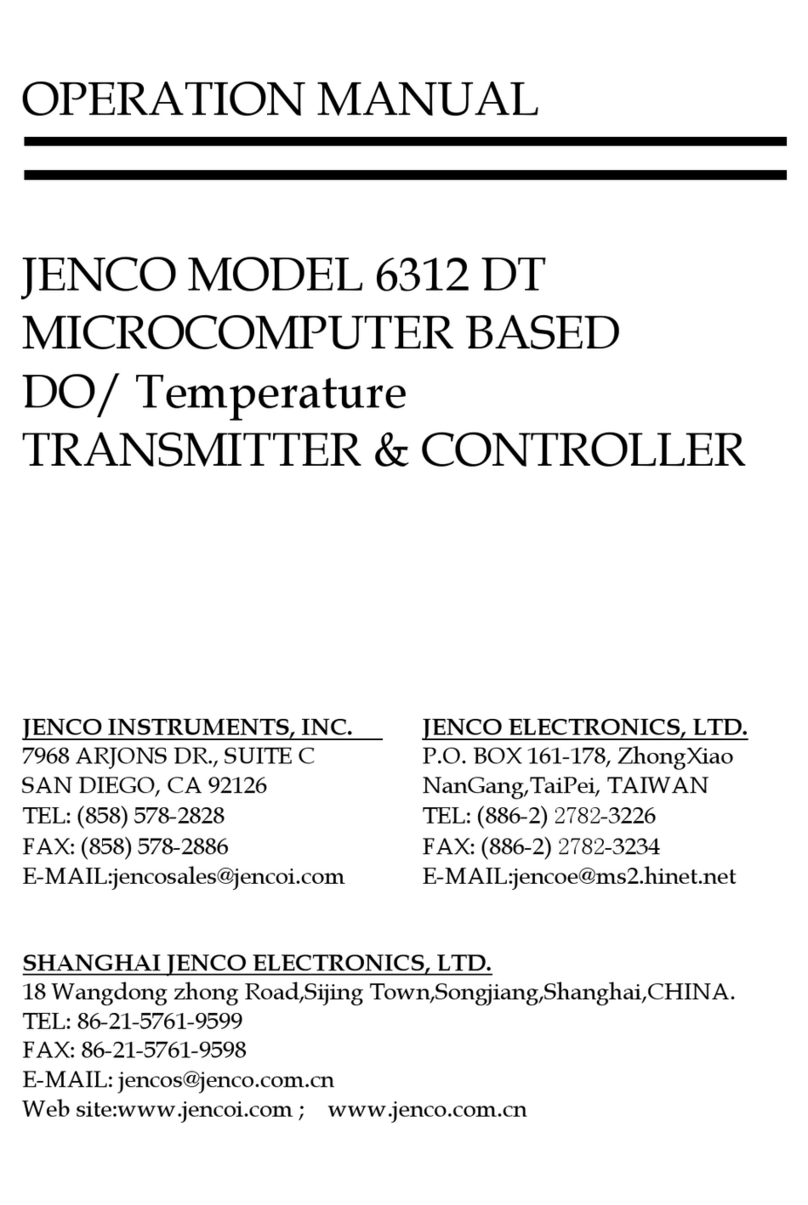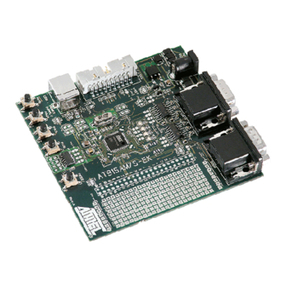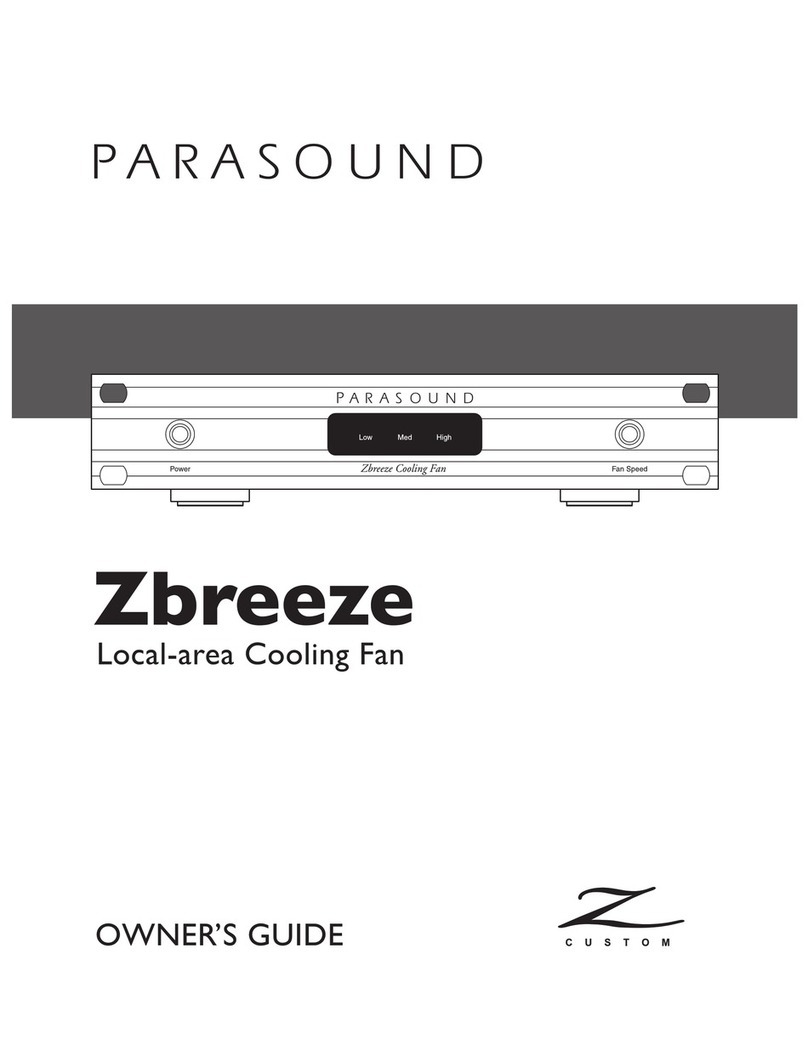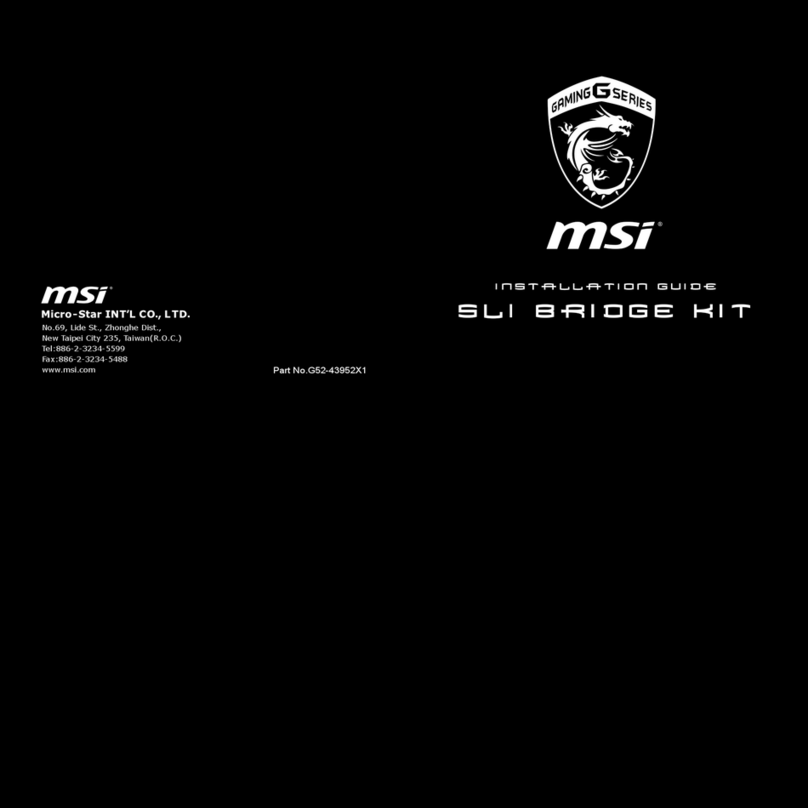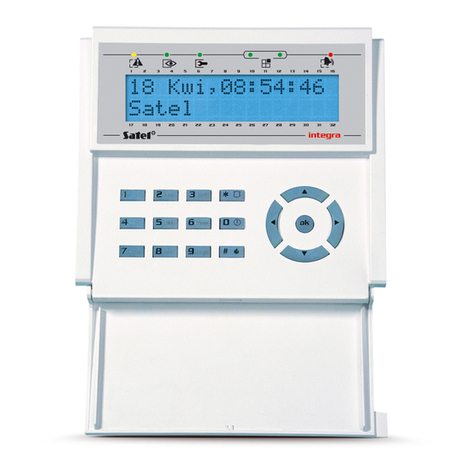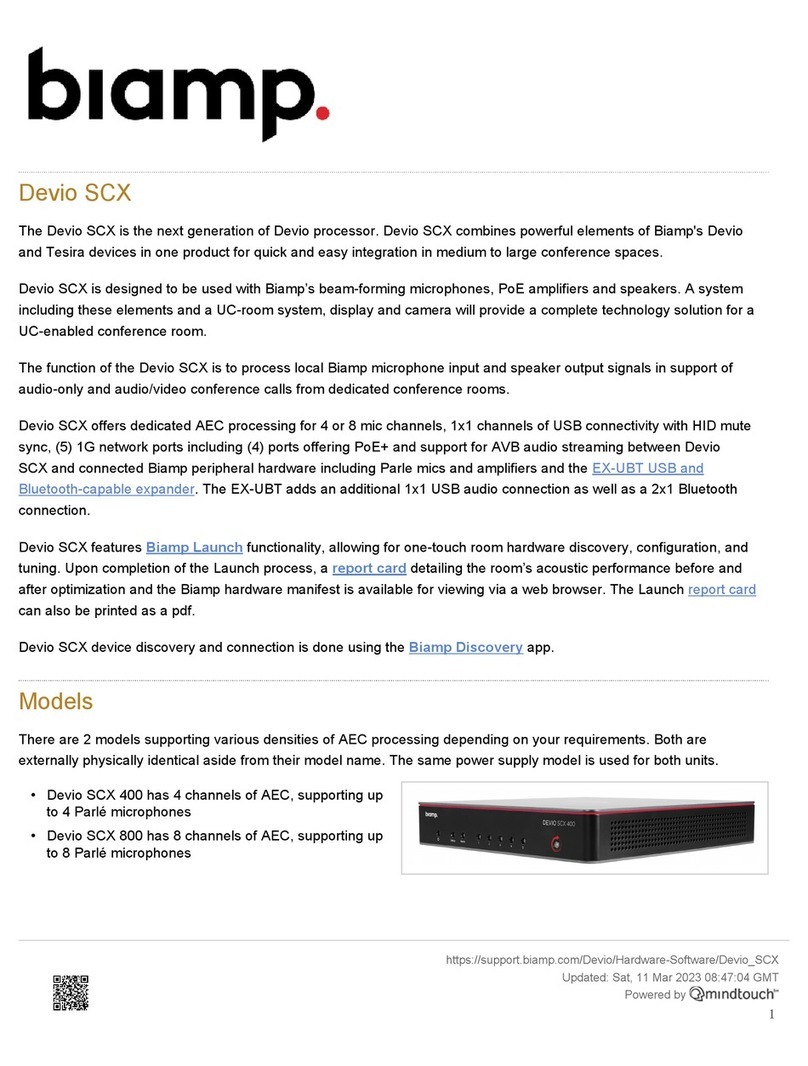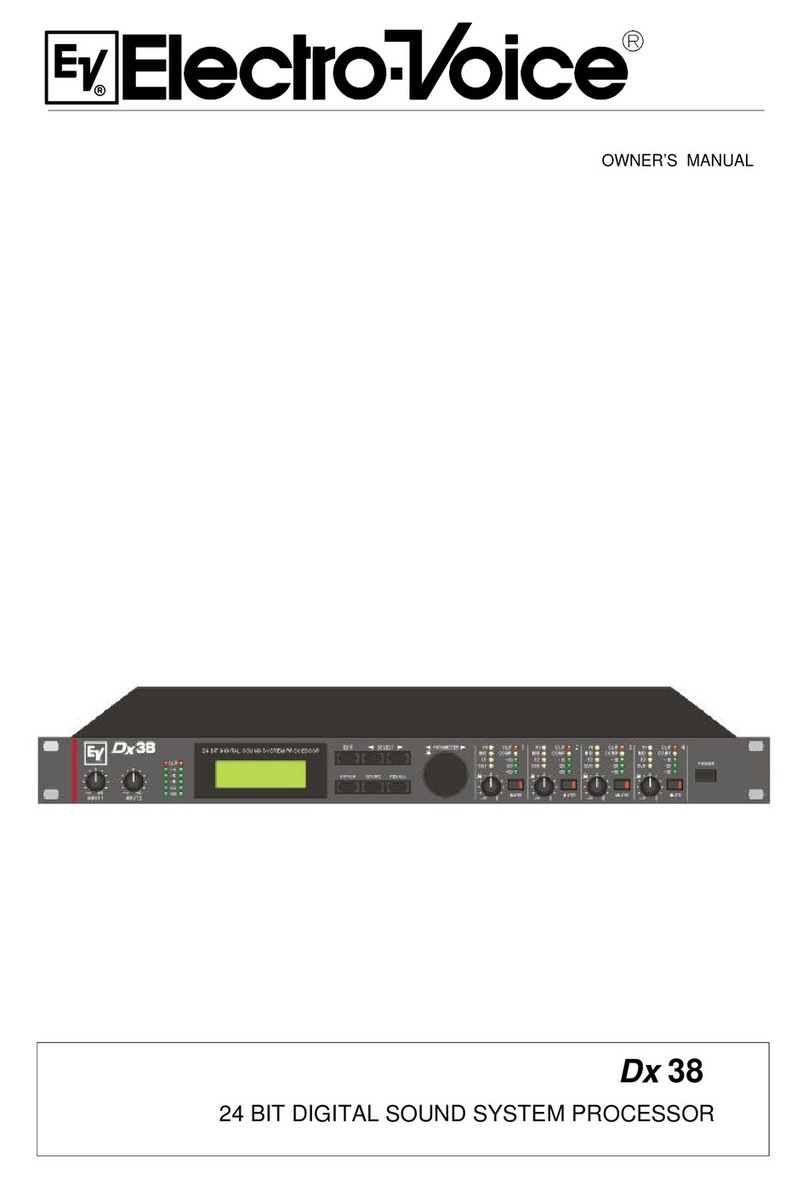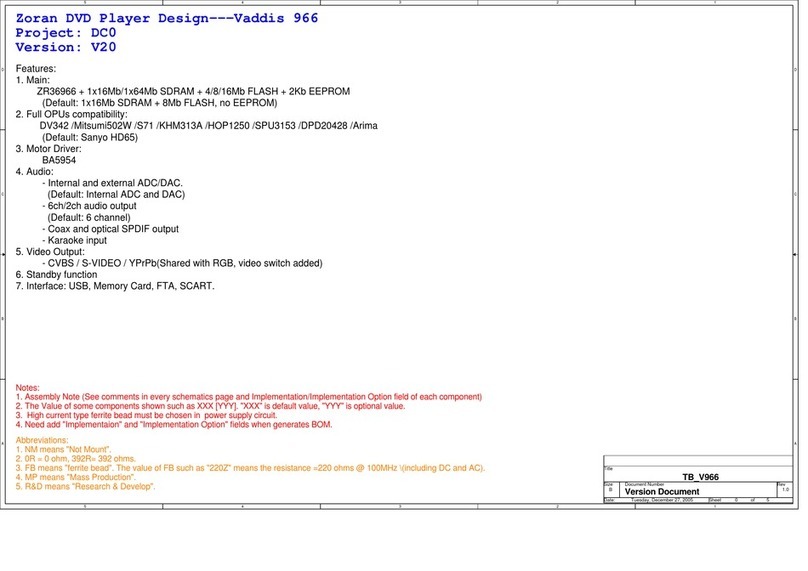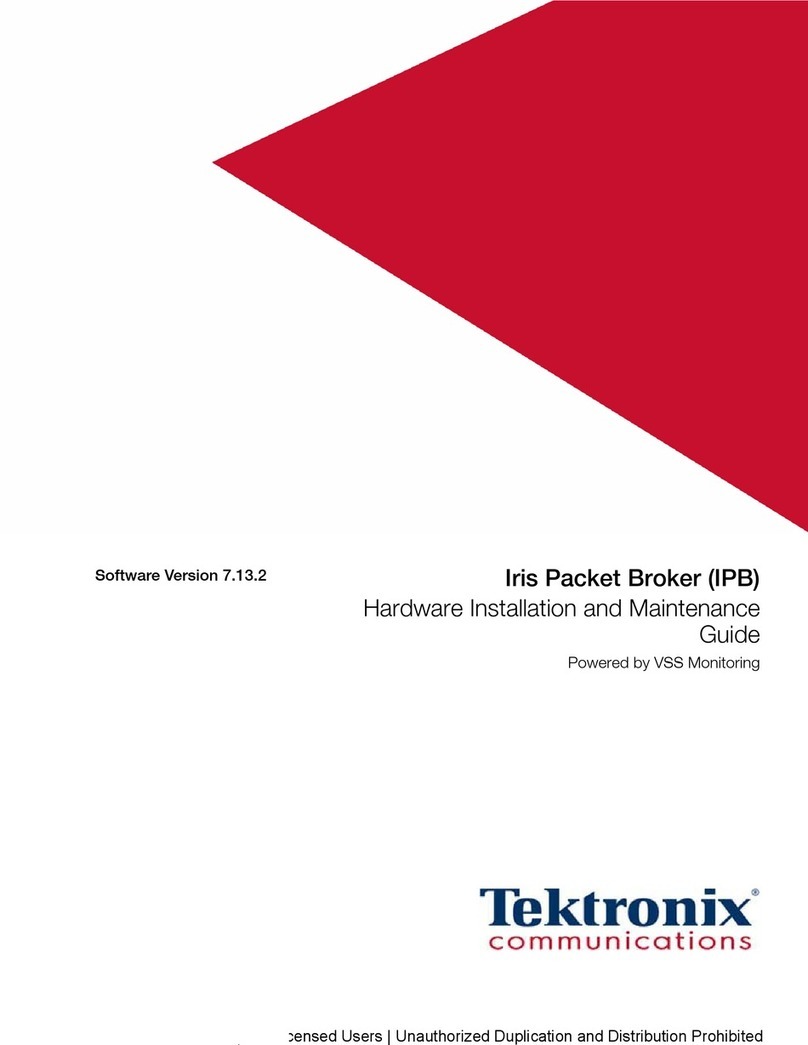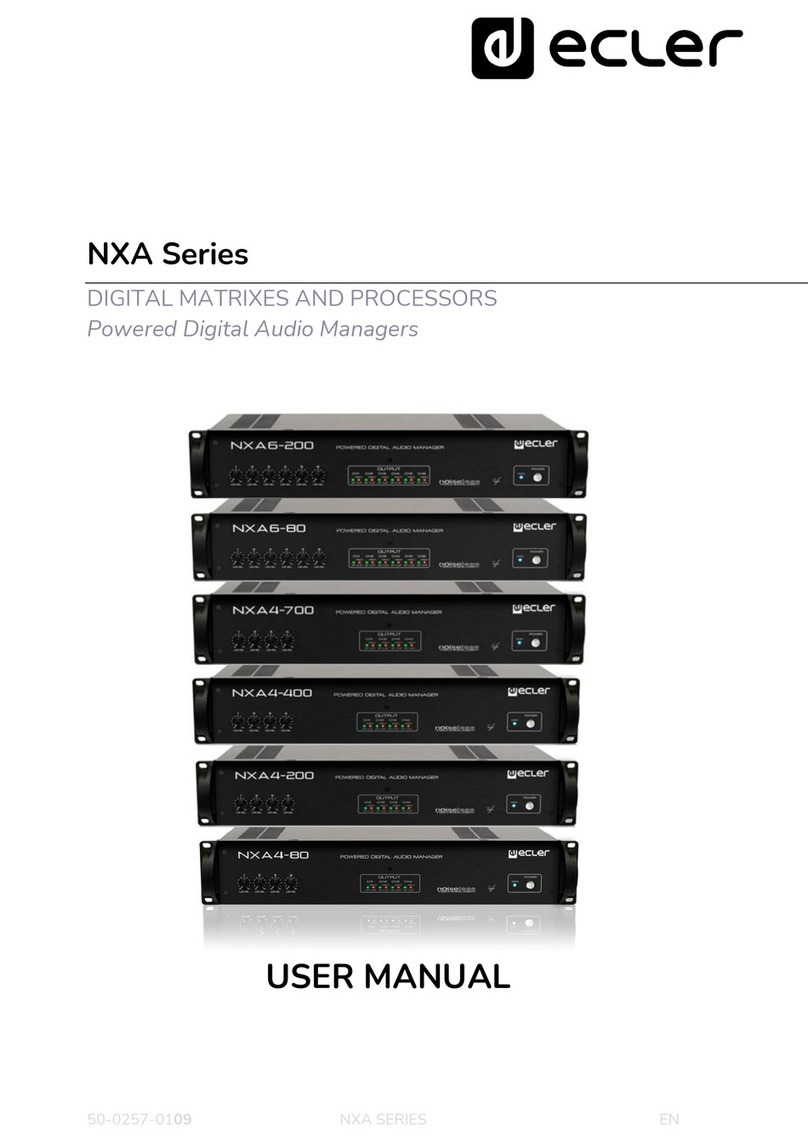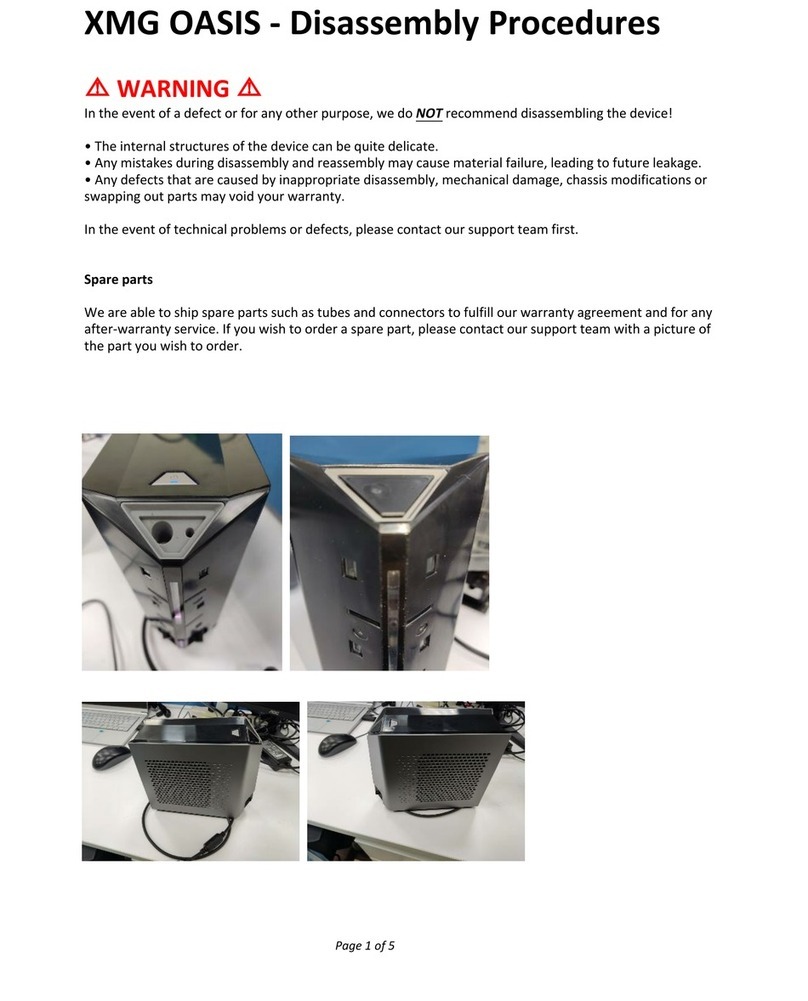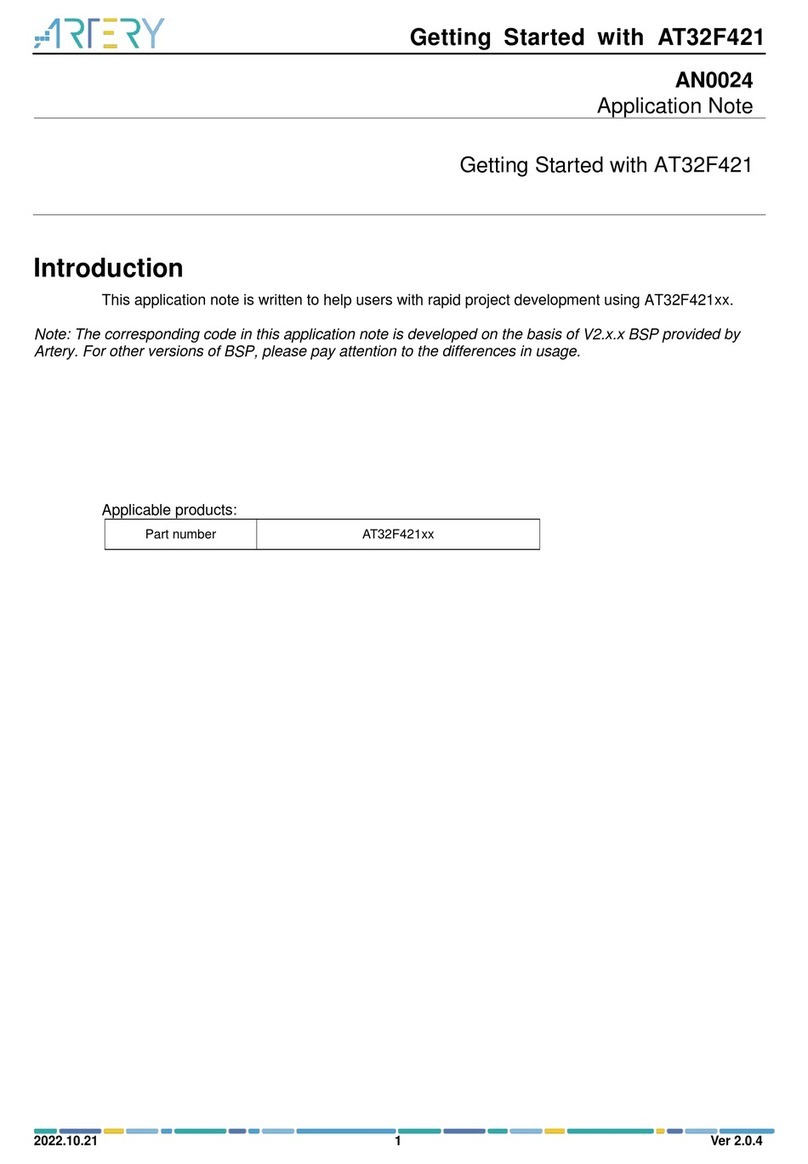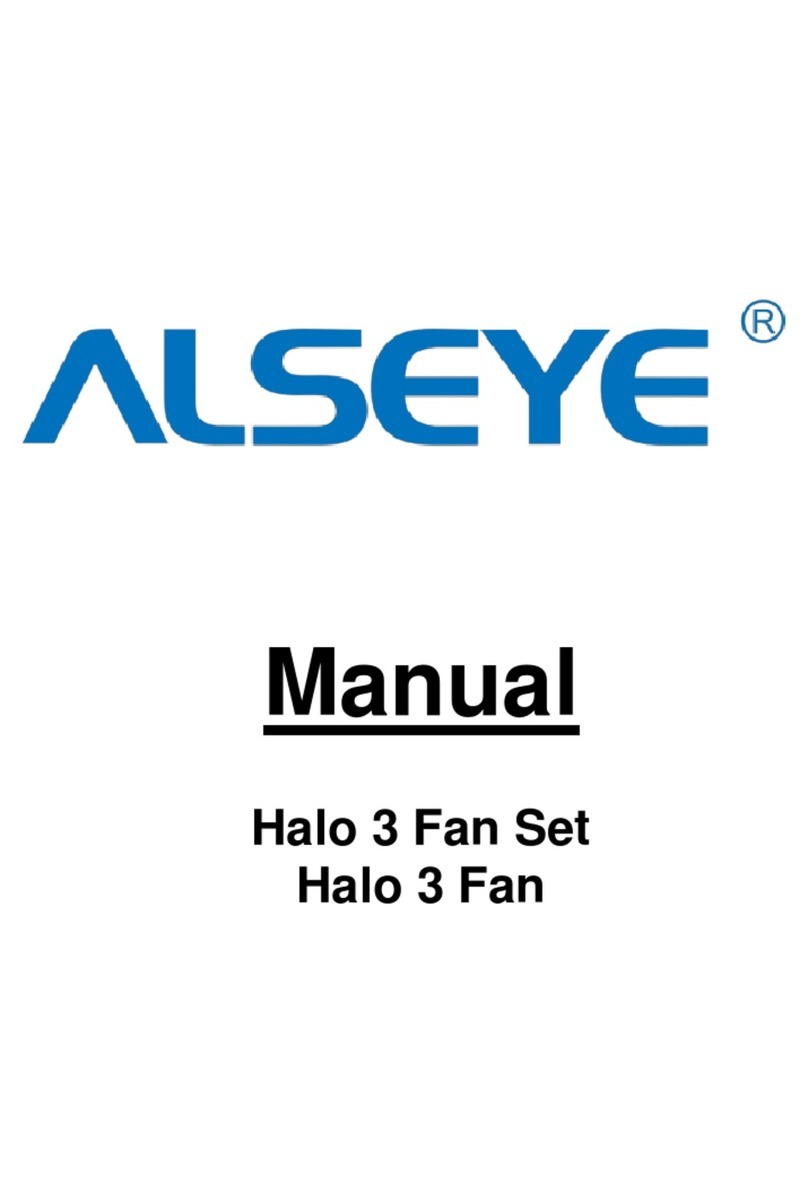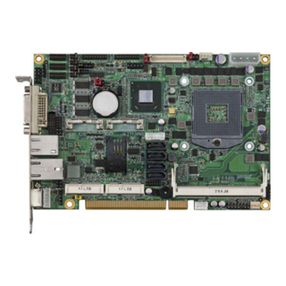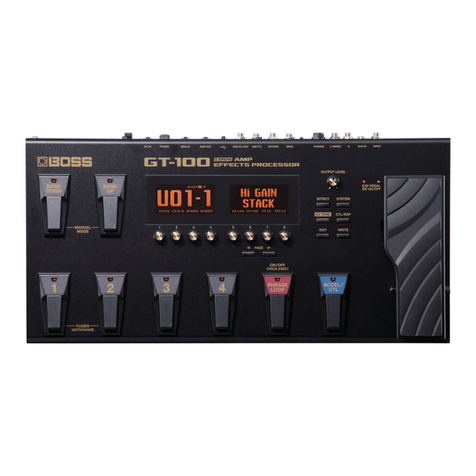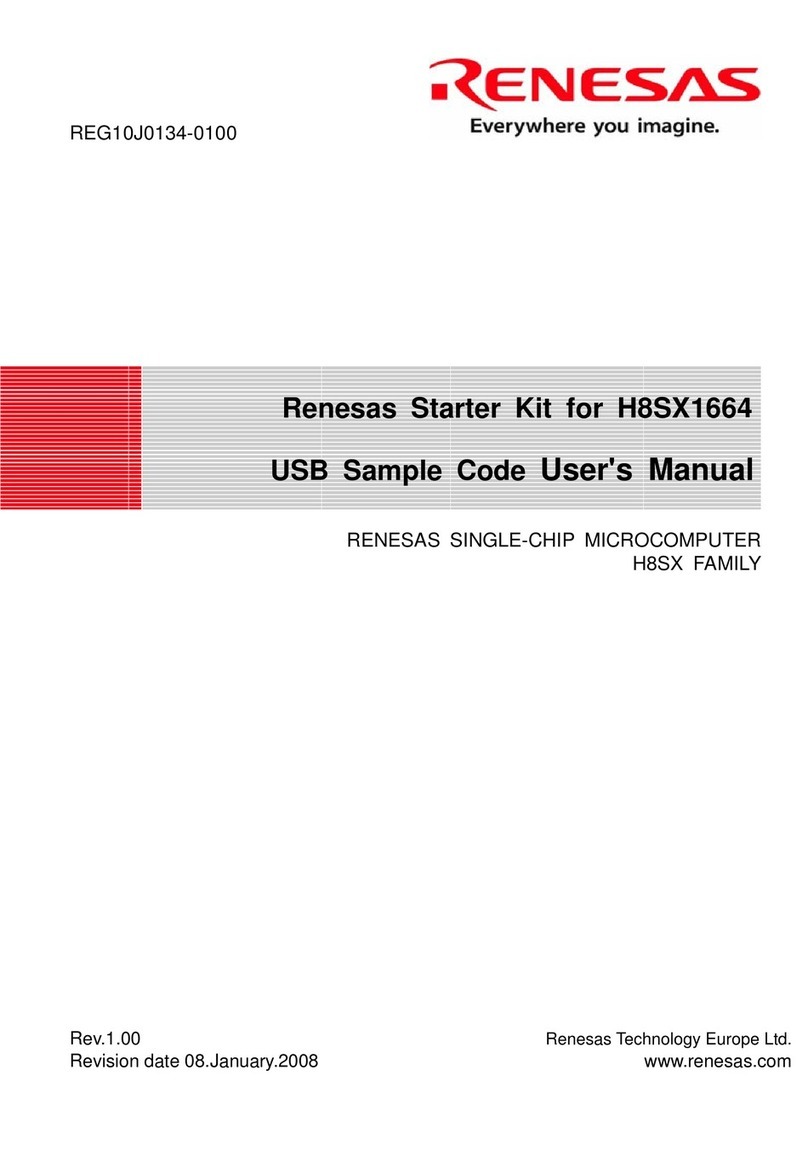JENCO VisionPlus EC3175 User manual

0
Operation Manual
MODEL EC3175
Microcomputer Based
Conductivity/TDS/Temperature
Benchtop Meter
EC3175

1
CONTENTS
GENERAL INTRODUCTION………………....................2
INITIAL INSPECTION……...………………....................2
POWER INPUT..…….……...………………....................2
INSTALLING THE BATTERIES..…………....................3
DISPLAY & KEYS FUNCTIONS…..……………...…………4
A. Display ................................................................4
B. Keys.....................................................................5
OPERATIONAL PROCEDURES..…….........................6
A. Preparing Standard Solutions................................6
B. Calibration........................................................6
C. Conductivity Measurements....................................8
ERROR DISPLAYS AND TROUBLESHOOTING.........9
SPECIFICATIONS………………..……........................10
WARRANTY………………………….........................11

2
GENERAL INTRODUCTION
Thank you for selecting the EC3175 meter. The EC3175 is a
precision tool that measures Conductivity, TDS and Temperature. A
built-in microprocessor stores, calculates and compensates for all
parameters related to Conductivity, TDS and Temperature
determinations.
This meter has a waterproof IP54 case. The mechanical keys are
highly reliable with tactile and audio feedback. This meter is
powered by six AAA-size alkaline batteries or with a UL approved
AC adapter (OUTPUT: DC9V). The meter also displays a “BAT”
message when the batteries are in need of replacement.
Re-calibration is not required when power is restored.
The front of the meter has a large LCD that displays Conductivity or
TDS and Temperature simultaneously along with user prompts and
mode indicators. The unit prompts the user through calibration and
measurement procedures.
The model EC3175 micro-processor allows the user to easily
recalibrate the parameters for the probe. A few keystrokes will
adjust all the parameters for conductivity and will also give the user
the option to select four types (0.01, 0.1, 1.0, 10.0) of probe cell
constant for a better selection of available probes and applications.
And the user can input K value of the cell by keypad directly.
The system simultaneously displays temperature in ℃along with
either Conductivity or TDS. The user can switch back and forth from
all these displays by just pushing a single “MODE” key.
Other features include automatic conductivity ranging, automatic
temperature compensation, long battery life, and 50/60 Hz AC noise
rejection. This meter is user-friendly for laboratory application.
INITIAL INSPECTION
Carefully unpack the unit and accessories. Inspect for damages
made in shipment. If any damage is found, notify your Jenco
representative immediately. All packing materials should be saved
until satisfactory operation is confirmed.
POWER INPUT
The model EC3175 can be powered by an 115V or 230VAC adaptor
as well as 6 “AAA” alkaline batteries. Check the label on the AC
adaptor supplied with the instrument to make sure that the AC line

3
voltage is correct. If the wrong AC adaptor is supplied, notify your
Jenco representative immediately.
INSTALLING THE BATTERIES
To insert the batteries into the meter, follow the procedure outlined
below.
1. Use two hands to flip the two buckles and battery cover to
expose the battery compartment. (Figure 1.)
2. Note the polarity and insert the six AAA batteries into the
battery compartment correctly.
3. Replace the battery cover.
Figure 1: Battery compartment

4
DISPLAY & KEYS FUNCTIONS
A. Display
1
2
3
4
5
6
7
8
9
10
11
Figure2: Active LCD screen
1. mS-
Millisiemens , indicates
Conductivity measurement.
7. mg/L-
Milligrams/Liter indicates TDS
measurement.
2. BAT-
Low battery indicator.
8. CELL K=
Indicates conductivity cell
constant value.
3. uS-
Microsiemens, indicates
Conductivity measurement.
9. %/ ℃-
Indicates Temperature
Coefficient
4. CAL-
This will be displayed when the
unit enters into the calibration
mode.
10. MAIN DISPLAY-
For Conductivity and TDS
values.
5. AUTO-
Auto ranging indicator
11. SECONDARY DISPLAY-
For temperature in ℃display.
6. ATC/MAN-
ATC, indicates Compensated
Conductivity.
MAN, indicates
Uncompensated Conductivity.

5
B. Keys
Mea.
Eff.
Stand
Slope
Mode
Clear
On/Off-
Press and hold this key for 5 seconds to power on
and shut off the meter. Once the unit is power up,
press the same key to turn on or off the backlight.
Enter
Mode
Cal
Cal-
During normal operation, this key will change the
mode from “Measure” mode to “Calibration” mode.
Clear
Mode
Cal
Enter
Mode-
Selects display mode. In normal operation, press this
key to sequentially display Compensated
Conductivity / Uncompensated Conductivity and
TDS.
Clear-
When this key is pressed, it clears all calibration
values stored in the internal memory.
Under normal use the key will not be activated unless
pressed and held for 5 seconds to prevent accidental
erasing stored memory.
Mea.
Eff.
Stand
Slope
Mode
Clear
Mea.
Eff.
Stand
Slope
Mode
Clear
Up/Down-
Increases or decreases the display value as desired.
Enter
Mode
Cal
Enter-
In Calibration mode, press this key to save the
current parameter to memory.

6
OPERATIONAL PROCEDURES
A. Preparing Standard Solutions
Suitable conductivity standards are available commercially or the
user can prepare them using research grade reagents.
Here are some standard solutions the user can prepare to calibrate
the probe of the model EC3175.
1. Standard solution of 1413uS at 25℃: Accurately weight out
0.746 grams of research grade dried Potassium Chloride
(KCL). Dissolve in 1000ml of distilled water.
2. Standard solution of 12.90mS at 25℃: Accurately weight out
7.4365 grams of research grade dried Potassium Chloride
(KCL). Dissolve in 1000ml of distilled water.
3. Standard solution of 111.9mS at 25℃: Accurately weight out
74.264 grams of research grade dried Potassium Chloride
(KCL). Dissolve in 1000ml of distilled water.
[Note: You can store the remaining solution in a plastic
container for one week but the air space between the cap and
the solution must be kept to an absolute minimum. Storing the
excess solution below 4℃can increase the storage life. If you
have any doubt of the accuracy of the stored solution, a fresh
batch should be prepared.]
B. Calibration
Calibration setup contains six sections: TDS Constant, Temperature
Coefficient, Temperature Reference, Probe Basic Cell Constant,
Cell Constant Calibration and K Value Input. To access these
sections:
1. Connect the conductivity probe to the unit and turn the unit
on.
2. Allow temperature reading to stabilize, press “Cal” key to
enter the calibration mode. CAL appears on the LCD.
[Note: Press “Enter” key to accept any values changes in
each section and automatically advance to the next section. If
there are no changes, the unit accepts the current value and
proceeds to the next section.]

7
TDS Constant
TDS is determined by multiplying conductivity (mS) by a TDS
factor. The default factor value is 0.65. To change the TDS
factor, use the “up” and “down” keys to adjust the value
between 0.30 and 1.00. Press “Enter” key to save the new
value and go to the next calibration parameter.
Temperature Coefficient
The unit uses the temperature coefficient to calculate
temperature compensated conductivity. The default value is
1.91%. To change the Temperature Coefficient, use the “up”
and “down” keys to adjust the value between 0 and 4.00%.
Press “Enter” key to save the new value and go to the next
calibration parameter.
Temperature Reference
The unit uses the temperature reference value to calculate
temperature compensated conductivity. The default value is
25℃. To change the Temperature Reference, use the “up”
and “down” keys to adjust the value between 15 and 25℃.
Press “Enter” key to save the new value and go to the next
calibration parameter.
Probe Basic Cell Constant
The main display shows the deviation of the conductivity probe
(calibrated previously or default, the deviation range is
70%~130%, 100% without error). The secondary display
shows the current selected cell constant. Using the “up” and
“down” keys to adjust the probe basic cell constant to that you
use from the 4 available cell constants (0.01, 0.1,1.0 and 10.0).
Press “Enter” key to save the new value and go to the next
calibration parameter.
Cell Constant Calibration
(a) Immerse the probe in a standard of known conductivity
solution (See section Preparing Standard Solutions),
preferably a standard in the middle range of the solutions
to be measured. Immerse the probe (at least 2” to 3” or
5~7cm from the tip) without touching the sides of the
calibration container. Shake the probe lightly to remove
any air bubbles trapped in the conductivity cell. The unit
will display the conductivity value of the standard solution.
During cell constant calibration, the following parameters

8
are over-ridden: temperature reference (fixed to 25.0℃) and
temperature coefficient (fixed to 1.91%).
[Note: If you want input K value directly, please press the
“Enter” key to go to the K Value Input.]
(b) Wait for the values of temperature and conductivity to
stabilize for a few seconds. Using the “up” and “down”
keys to adjust the reading of the display until it matches
the value of the known standard conductivity solution at
25℃.
(c) Press “Enter” key to calculate and save the new value of
Cell Constant or press the “Enter” key to the next
calibration parameter.
K Value Input
(a) The unit will display the conductivity value of the standard
solution with the CELL K= staying on.
[Note: If the Cell Constant has been calibrated, please
press the “Enter” key to exit calibration and return to
normal operation.]
(b) Press and hold the “up” or “down” key, the main display
will show the deviation of the conductivity probe. You can
now input the K value (from 70%~130% of the probe basic
cell constant). After releasing the up or down key, the unit
will display the conductivity value with the CELL K=
staying on.
(c) adjust the K value until the conductivity value displayed on
the LCD matches the value of the known standard
conductivity solution at 25℃.
(d) Press “Enter” key to save the new K value of the cell to
exit calibration and return to normal operation mode.
C. Conductivity Measurements
1. Turn the unit on. Place the probe in the solution to be
measured. Immerse the probe (at least 2” to 3” or 5~7cm from
the tip). Shake the probe lightly to remove any trapped air
bubbles in the conductivity cell.
2. Press “Mode” key to enter the desired measurement mode
(Conductivity or TDS). The message “over” or “undr” may
appear briefly on the display indicate auto-ranging; this is

9
normal. Allow temperature to stabilize before taking
measurements.
ERROR DISPLAYS AND TROUBLESHOOTING
[Note: If the meter still does not perform normally after the above
measures are taken, call Jenco representative.]
Main
Display
Secondary
Display
Possible cause(s)
Corrective
Action(s)
"over" during
measurements
0.0~100.0℃
●Sample
Conductivity
value > 200.0mS;
Sample TDS >
200g/L.
●Conductivity cell
contaminated or
defective.
●Incorrect K
constant value
input.
●Sample cannot be
tested
.
●Decontaminate /
clean cell or
replace cell.
●Input correct K
value.
"over" during
calibration
/
●Incorrect standard
solution.
●Conductivity cell
contaminated or
defective.
●Incorrect K
constant value
input.
●Replace standard
solution.
●Decontaminate /
clean cell or
replace cell.
●Input correct K
value.
"over " during
measurements
over
●Sample
temperature >100
℃.
●Reduce sample
temperature.
●Defective
conductivity cell.
●Replace cell.
undr
●Sample
temperature
<0.0℃
●Increase sample
temperature.
●Defective
conductivity cell.
●Replace cell.

10
SPECIFICATIONS
Display
Range
Resolution
Accuracy
Conductivity/
TDS
K=0.01
0.000 to 1.999 uS/cm /
0.000 to 1.999 mg/L
2.00 to 19.99 uS/cm /
2.00 to 19.99 mg/L
0.001 uS/cm /
0.001 mg/L
0.01 uS/cm /
0.01 mg/L
±0.5% F.S.
Conductivity
TDS
K=0.1
0.00 to 19.99 uS/cm /
0.00 to 19.99 mg/L
2.0 to 199.9 uS/cm /
2.0 to 199.9 mg/L
0.01 uS/cm /
0.01 mg/L
0.1 uS/cm
0.1 mg/L
±0.5% F.S.
Conductivity/
TDS
K=1.0
0.0 to 199.9 uS/cm /
0.0 to 199.9 mg/L
200 to 1999 uS/cm /
200 to 1999 mg/L
2.00 to 19.99 mS/cm /
2.00 to 19.99 g/L
0.1 uS/cm /
0.1 mg/L
1 uS/cm /
1 mg/L
0.01 mS/cm /
0.01 g/L
±0.5% F.S.
Conductivity/
TDS
K=10.0
0 to 1999 uS/cm /
0 to 1999 mg/L
2.00 to 19.99 mS/cm /
2.00 to 19.99 g/L
20.0 to 199.9 mS/cm /
20.0 to 199.9 g/L
1 uS/cm /
1 mg/L
0.01 mS/cm /
0.01 g/L
0.1 mS/cm /
0.1 g/L
±0.5% F.S.
Temperature
0.0 to 100.0 °C
0.1 °C
±0.2 °C
Reference Temperature
15.0 to 25.0 °C
Temperature Coefficient
0.0 to 4.0% default at 1.91%
Cell Constant
0.01; 0.10; 1.00; 10.0
TDS Constant
0.30 to 1.00, default at 0.65
Power
100 ~ 240 VAC adapter
or AAA x 6
Calibration Back-up
EEPROM
Audio Feedback
All Touch Keys
Display
(Conductivity/TDS: Temp)
22 mm : 14.5 mm high LCD
Ambient Temperature Range
0 to 50 °C
Relative Humidity
up to 90%
Case
IP54
Dimensions (W x D x H)
150 x 203 x 72 mm
Weight
504 grams(Batteries included)

11
WARRANTY
Jenco warrants this product to be free from significant deviations
in material and workmanship for a period of 1 year from date of
purchase. If repair or adjustment is necessary and has not been
the result of abuse or misuse, within the year period, please
return-freight-prepaid and the correction of the defect will be made
free of charge. If you purchased the item from our Jenco
distributors and it is under warranty, please contact them to notify
us of the situation. Jenco Service Department alone will
determine if the product problem is due to deviations or customer
misuse.
Out-of-warranty products will be repaired on a charge basis.
RETURN OF ITEMS
Authorization must be obtained from one of our representatives
before returning items for any reason. When applying for
authorization, have the model and serial number handy, including
data regarding the reason for return. For your protection, items
must be carefully packed to prevent damage in shipment and
insured against possible damage or loss. Jenco will not be
responsible for damage resulting from careless or insufficient
packing. A fee will be charged on all authorized returns.
NOTE: Jenco reserves the right to make improvements in design,
construction and appearance of our products without notice.
Jenco Instruments, Inc.
7968 Arjons Drive, Suite C
San Diego, CA 92126 USA
TEL: 858-578-2828
FAX: 858-578-2886
Website: www.jencoi.com
Jenco Electronics, Ltd.
6F., No. 81, Sec. 2, Chang-an E. Rd., Jhongshan District, Taipei
City 104, Taiwan
TEL: 886-2- 2508-2928
FAX: 886-2- 2508-2938
E-Mail: [email protected]
Website: www.JENCO.com.tw
Shanghai Jenco Instruments, Ltd.
18 Wang Dong Zhong Road
Sijing Town, Songjiang
Shanghai, China 201601
TEL: 86-021-5761-9599
FAX: 86-021-5761-9598
E-Mail: [email protected]
Website: www.jenco.com.cn
Table of contents
Other JENCO Computer Hardware manuals

